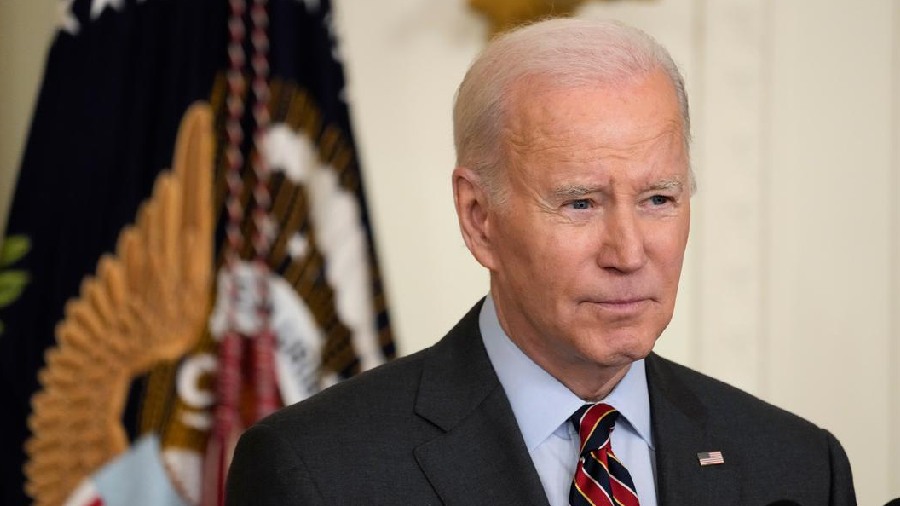Classified war documents detailing secret American and Nato plans for building up the Ukrainian military ahead of a planned offensive against Russia were posted this week on social media channels, senior Biden administration officials said.
The Pentagon is investigating who may have been behind the leak of the documents, which appeared on Twitter and on Telegram, a platform with more than half a billion users that is widely available in Russia.
Military analysts said the documents appear to have been modified in certain parts from their original format, overstating American estimates of Ukrainian war dead and understating estimates of Russian troops killed.
The modifications could point to an effort of disinformation by Moscow, the analysts said. But the disclosures in the original documents, which appear as photographs of charts of anticipated weapons deliveries, troop and battalion strengths, and other plans, represent a significant breach of American intelligence in the effort to aid Ukraine.
Biden officials were working to get them deleted but had not, as of Thursday evening, succeeded.
“We are aware of the reports of social media posts and the department is reviewing the matter,” said Sabrina Singh, the deputy press secretary at the Pentagon. The documents do not provide specific battle plans, like how, when, and where Ukraine intends to launch its offensive, which American officials say is likely coming in the next month or so. And because the documents are five weeks old, they offer a snapshot of time — the American and Ukrainian view, as of March 1, of what Ukrainian troops might need for the campaign.
To the trained eye of a Russian war planner, field general or intelligence analyst, however, the documents no doubt offer many tantalising clues and insights. The documents mention, for instance, the expenditure rate of HIMARS — US-supplied high mobility artillery rocket systems, which can launch attacks against targets like ammunition dumps, infrastructure and troops, from a distance. The Pentagon has not said publicly how fast Ukrainian troops are using the HIMARS munitions; the documents do.
Analysts said on Friday it could be difficult to assess the impact of the documents’ disclosure on the frontline fighting now and in the coming months. Russia’s own recent offensive has struggled to make gains in eastern Ukraine, and western analysts debate whether the Russian military, after suffering staggering casualties, is capable of mounting another or resisting a Ukrainian attack.
It was unclear how the documents ended up on social media. But pro-Russian government channels have been sharing and circulating the briefing slides, military analysts said. The analysts warned that documents released by Russian sources could be selectively altered to present the Kremlin’s disinformation.
“Whether these documents are authentic or not, people should take care with anything released by Russian sources,” said Michael Kofman, the director of Russian studies at CNA, a research institute in Arlington, Virginia.
For example, one of the slides said 16,000 to 17,500 Russian soldiers had been killed while Ukraine had suffered as many as 71,500 troop deaths. The Pentagon and other analysts have estimated that Russia has suffered far more casualties, with closer to 200,000 killed and injured, while Ukraine has had more than 100,000 killed and injured.
Nonetheless, analysts said parts of the documents appeared authentic and would provide Russia with valuable information such as the timetables for the delivery of weapons and troops and Ukrainian troop build-up numbers.
A document labelled “top secret” offers the “Status of the Conflict as of 1 Mar”. On that day, Ukrainian officials were at a US base in Wiesbaden, Germany, for war game sessions, and a day later, General Mark A. Milley, the chairman of the Joint Chiefs of Staff, and General Christopher Cavoli, the supreme allied commander for Europe, visited the sessions.
New York Times News Service











